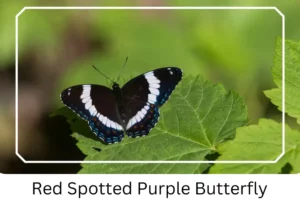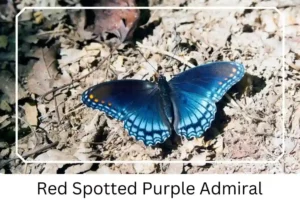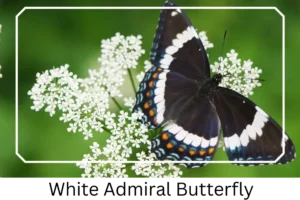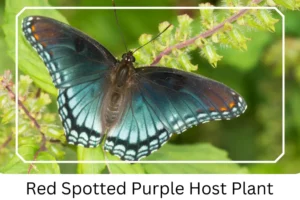Red Spotted Purple (Limenitis arthemis)
The Red Spotted Purple or White Admiral butterfly represents one of nature’s most intriguing tales of evolution and adaptation. This species, belonging to the North American brush-footed butterflies, showcases a fascinating example of mimicry’s evolution and natural hybridization between populations. Its unique characteristics have led to a division into two distinct groups: the White Admirals, featuring a white band across their wings, and the Red-Spotted Purples, known for their absence of this band.
Scientific Classification
- Family: Nymphalidae
- Genus: Limenitis
- Scientific Name: Limenitis arthemis
Overview
Diving into the world of the Red Spotted Purple and White Admiral butterflies offers a window into the complexity of natural selection and the beauty of biodiversity. These butterflies not only captivate with their striking appearances but also with their life cycles, from caterpillar to majestic adult. Understanding their life stages, habitat preferences, and behaviors provides valuable knowledge for both enthusiasts and conservationists. By delving into their world, we can appreciate the intricate balance of ecosystems and the importance of preserving such magnificent species.
Description and Identification
Caterpillar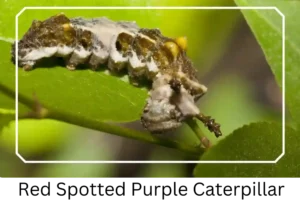
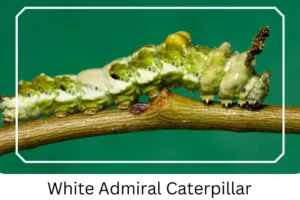
The initial stage of life for these butterflies lasts about two weeks. Caterpillars of the Red Spotted Purple have heads colored brown, bodies adorned with yellow and dark brown markings, and reddish-brown legs, preparing them for the next stage of their life cycle.
Pupa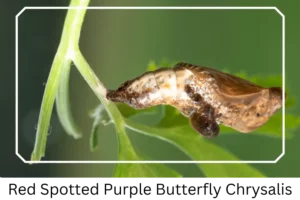
Transitioning into the chrysalis stage, which also spans approximately two weeks, the pupae range from creamy white to silvery gray. This phase is crucial for the metamorphosis into their adult form.
Adult Butterfly
Sexual Dimorphism: Notably present in adult butterflies, with distinct physical differences between males and females, particularly in their behavior and mating rituals.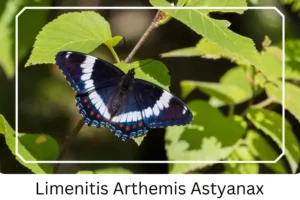
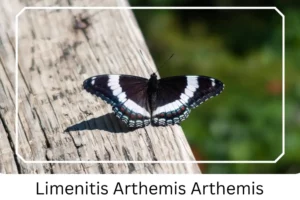
Color and Appearance: The White Admiral exhibits a broad white band across its wings against a jet black base when open, with intricate stitch-like patterns along the borders. In contrast, the Red-Spotted Purple dazzles with an iridescent bluish base and a kaleidoscope of spots when its wings are spread.
Average Wingspan: Both varieties boast an impressive wingspan of up to 3.5 inches, allowing for notable visibility during flight.
Flight Pattern: Characterized by short flights, typically 2 to 3 feet above the ground, their movement patterns are a sight to behold in their natural habitats.
Eggs
The eggs of these butterflies are greyish green, with a unique kite-like cell structure, lasting about seven days before hatching.
Quick Facts | |
| Distribution | The Red Spotted Purples are found across North America, with the White Admiral variant residing in the far north. |
| Habitat | Preferring the shady areas of deciduous woodlands and forest edges, these diurnal insects thrive in semi-open landscapes. |
| Lifespan of Adults | Ranging from 6 to 14 days, the adult stage is brief but vibrant. |
| Host Plants | They primarily feed on black cherry and deerberry plants, crucial for their larval stage. |
| Adult Diet | Adults nourish themselves with flower nectar, playing a role in pollination. |
How to Identify Red Spotted Purple?
Identifying the Red Spotted Purple butterfly can be an enchanting experience, guided by its distinctive features. Look for the mesmerizing iridescent blue that dominates its wings, coupled with dark lines and a variety of spots in light blue, black, white, and orange. When the wings are closed, a lighter blue prevails, accented by red sub-marginal spots and marginal blue spots, presenting a visual delight. Their appearance not only serves as a defense mechanism against predators by mimicking the toxic Pipevine Swallowtail but also as a stunning display of nature’s artistry. Observing these butterflies in their natural habitat, one can appreciate the subtle differences that set them apart from other species, making identification a rewarding experience.
Did You Know?
- Male butterflies exhibit aggressive territorial behaviors, engaging in disputes that last 2 to 5 minutes, a precursor to the mating season.
- When attempting to mate, a male will perch atop a female. If she is unreceptive, she signals this by closing her primary wings, a unique form of communication within the species.
- The Red Spotted Purple’s ability to mimic the toxic Pipevine Swallowtail is a remarkable survival strategy, deterring predators through visual deception.
Conclusion
The Red Spotted Purple and White Admiral butterflies are not just beautiful creatures; they are symbols of nature’s adaptability and the intricate dance of evolution. Their life stages, from caterpillar to adult, unfold a story of transformation and survival. Through understanding their habitats, behaviors, and physical characteristics, we gain insights into the delicate balance of ecosystems. These butterflies not only contribute to biodiversity but also remind us of the importance of conservation efforts to protect such exquisite species.

